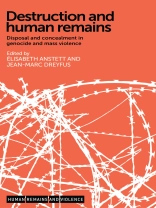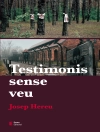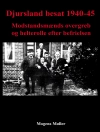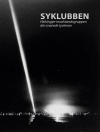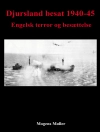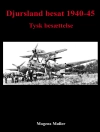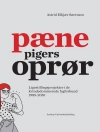This electronic version has been made available under a Creative Commons (BY-NC-ND) open access license. Destruction and human remains investigates a crucial question frequently neglected in academic debate in the fields of mass violence and genocide studies: what is done to the bodies of the victims after they are killed? In the context of mass violence, death does not constitute the end of the executors’ work. Their victims’ remains are often treated and manipulated in very specific ways, amounting in some cases to true social engineering, often with remarkable ingenuity. To address these seldom-documented phenomena, this volume includes chapters based on extensive primary and archival research to explore why, how and by whom these acts have been committed through recent history. Interdisciplinary in scope, Destruction and human remains will appeal to readers interested in the history and implications of genocide and mass violence, including researchers in anthropology, sociology, history, politics and modern warfare. The research program leading to this publication has received funding from the European Research Council under the European Union’s Seventh Framework Programme (FP/2007-2013) / ERC Grant Agreement n° 283-617.
Daftar Isi
Part I 1. ‘As if nothing ever happened’: massacres, missing corpses, and silence in a Bosnian community – Max Bergholz 2. A specialist: the daily work of Erich Muhsfeldt, Chief of the crematorium at Majdanek Concentration and Extermination Camp (1942–44) – Elissa Mailänder 3. Lands of Unkultur: mass violence, corpses and the Nazi imagination of the East – Michael Mc Connell Part II 4. Earth, fire, water: or how to make the Armenian corpses disappear – Raymond H Kévorkian 5. Sinnreich erdacht: machines of mass incineration in fact, fiction and forensics – Robert Jan van Pelt 6. When death is not the end: towards a typology of the treatment of corpses of ‘disappeared detainees’ in Argentina from 1975 to 1983 – Mario Rannalletti (with the collaboration of Esteban Pontoriero) Part III 7. State violence and death politics in post-revolutionary Iran – Chowra Makaremi 8. Death and dismemberment: the body and counter-revolutionary warfare in apartheid South Africa – Nicky Rousseau 9. The tutsi body in the 1994 genocide: ideology, physical destruction and memory – Remi Korman Index
Tentang Penulis
Élisabeth Anstett is a Researcher in Social Anthropology at the Centre National de la Recherche Scientifique, France, and a Director of the Corpses of Mass Violence and Genocide programme funded by the European Research Council
